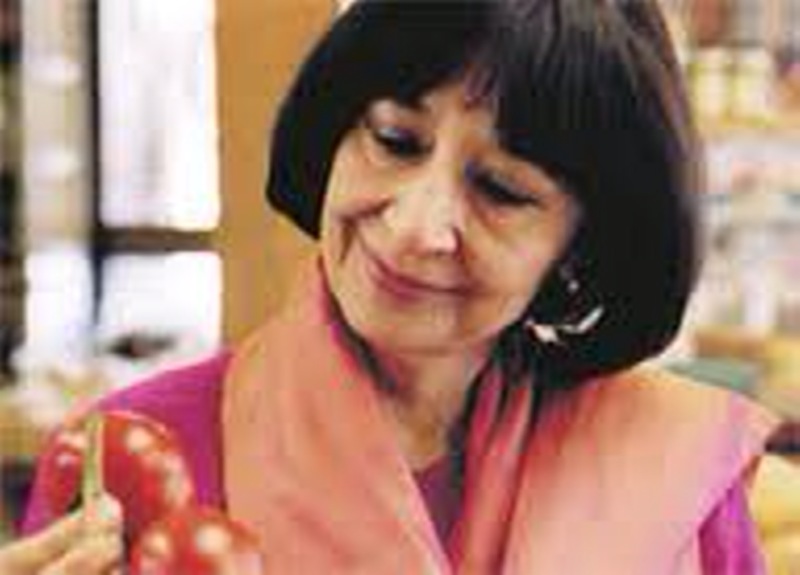Move over Ralph Lauren and Coke, Bouillon Cubes Were First Olympic Sponsor
 Tuesday, July 17, 2012 at 2:31PM
Tuesday, July 17, 2012 at 2:31PM As the Running of the Bulls comes to a close in Pamplona, Spain, all eyes will soon be turning to the London's Summer Olympics.

And you are correct, if it seems that there are almost as many sponsors for the Olympics this year as there are athletes. After all, the Games, which began in 1896, are expensive and the seemingly endless bills for lodging and arena construction have to be paid.

Indeed, heavy governmental funding for the Utah 2002 Winter Olympics, not to mention that the Olympic torches used were made in Burma, have been very stressful topics for the Republican candidate, Mitt Romney, in the current US presidential election.

So as you might have expected, commercial sponsorship has been a controversial element of the Olympics since its beginning. But did you know that its first official sponsor was the company that first offered soup made from bouillon cubes to tired athletes?
That's right – bouillon cubes, those invigorating little compact squares of concentrated soup.
Even less known is the fact that Nicolas Apperts, who first marketed bouillon cubes, also invented the process of canning as we know it today. A failed champagne producer and an unsuccessful innkeeper and chef, Nicolas Apperts was a man who collected talents to seemingly no benefit.
But when Napoleon announced he would award a huge cash prize to anyone who could develop a method to preserve food for his far-flung army, Nicolas Apperts knew his day had come
As an unsuccessful chef, he well understood spoilage. As a failed winemaker he knew bottling – especially champagne.
As a result, he developed a method so simple, so obvious it had been overlooked by everyone else. Just put the desired food in a bottle, top it off with a liquid sauce, seal the bottle like a champagne bottle and then heat the bottle until the internal liquid boils.
It worked! Nicolas Apperts received the award, got the huge government contracting and built the very first commercial bottling plant.
It was in the research lab of his newly flounded company, that he reduced soup to its most compact form to the delight of weary athletes and hurried chefs everywhere.
And what better place to first demonstrate the "Cube's" restorative powers to the public than at the 1908 Summer Olympics, where Dorando Pietri, the couragous Italian Marathon Runner AND pastry chef, enjoyed its nurturing and resorative powers. (And what chef would not identify with his final push in their own effort to make it through a long and seemingly endless day of effort).
Video Text by Sir Arthur Conan Doyale, Famed Author of Sherlock Holmes Novels
So let us never underestimate the power of the small, the few, be it a single world-class athlete or a tiny little bouillon cube in the hands of a creative chef who can inspire us all!
Your Culinary World copyright Ana Kinkaid/Peter Schlagel 2012
 Arthur Conan Doyale,
Arthur Conan Doyale,  Bouillon Cubes,
Bouillon Cubes,  Burma Made Torch,
Burma Made Torch,  Canning,
Canning,  Cokes,
Cokes,  London 2012 Summer Olympics,
London 2012 Summer Olympics,  Mitt Romney,
Mitt Romney,  Napoleon,
Napoleon,  Nicolas Apperts,
Nicolas Apperts,  Olympic Sponsors,
Olympic Sponsors,  Pamplona Spain,
Pamplona Spain,  Sherlock Holmes in
Sherlock Holmes in  Awards,
Awards,  Champagne,
Champagne,  Chefs,
Chefs,  Courage,
Courage,  Cuisine,
Cuisine,  Culinary History,
Culinary History,  Festivals,
Festivals,  French Cuisine,
French Cuisine,  Great Britain,
Great Britain,  Hospitality Industry,
Hospitality Industry,  Leadership,
Leadership,  Sports
Sports 










































































































































































































